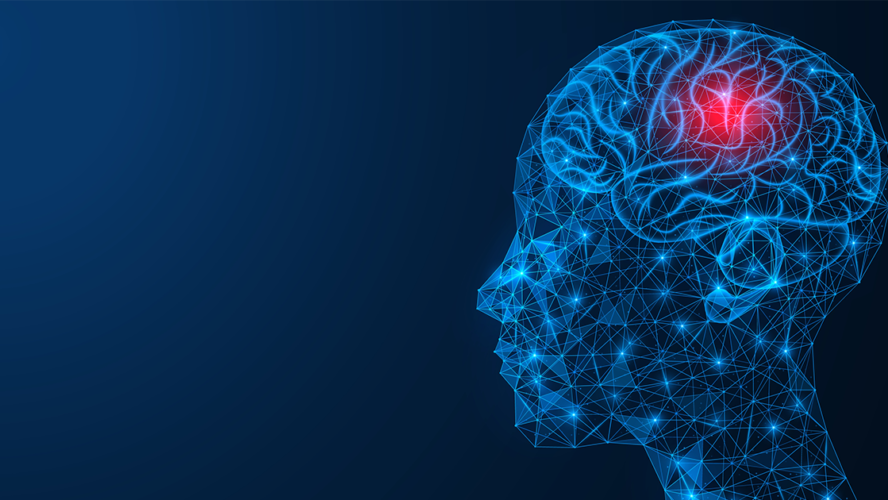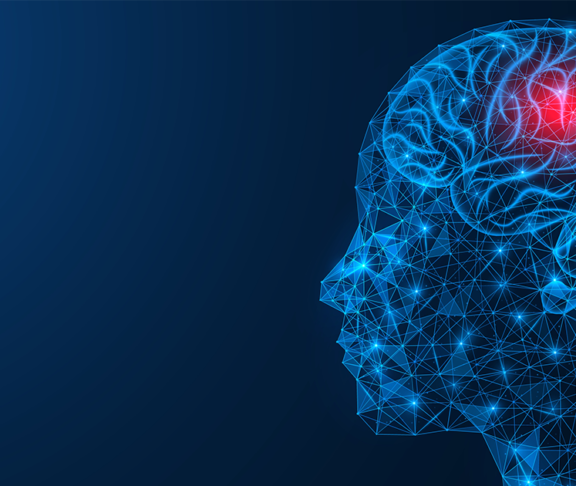
Martina Phelan
Chair, Chronic Pain Ireland
Chronic pain is a frequent component of many neurological disorders, affecting 20–40% of patients with many primary neurological diseases.
Unlike acute pain, which is sudden and time-limited, chronic pain persists over many months or years. While acute pain has a protective function, chronic pain is pathological and purposeless.
The brain is the source of pain
From neuroscientific brain imaging research, we now understand that all pain originates not in the body — but in the brain and central nervous system. The brain switches pain on and can turn up or down the pain volume regardless of what is happening peripherally.
This explains why people with amputated limbs can continue to feel pain in a missing limb. With chronic pain, the brain undergoes structural and functional changes that mean the pain dial gets stuck at high volume.
A complex experience
The International Association for the Study of Pain (IASP) defines pain as ‘an unpleasant sensory and emotional experience associated with, or resembling that associated with, actual or potential tissue damage.’ This latest definition recognises that pain is an emotional as well as a sensory experience. It also acknowledges the pain many individuals experience where there is no biomedical basis for the onset of pain.
Pain may originally appear because of an illness
or injury where you recover from the
initial issue, but the pain remains.
Recovery gone wrong
Pain may originally appear because of an illness or injury where you recover from the initial issue, but the pain remains. This is described as chronic secondary pain where the pain is, at first, a symptom of an underlying condition but then the pain itself becomes the problem. Secondary pain that becomes chronic — that is, lasting more than three months — can include cancer-related, postsurgical or post-traumatic, musculoskeletal, visceral, neuropathic, orofacial or headache pain.
Pain is the problem
Chronic pain can also appear for no apparent reason. The pain itself is the problem with no biomedical cause. Chronic primary pain like this is a disease in itself where the individual experiences long-lasting functional disability and emotional distress because of pain. Examples of primary chronic pain can include musculoskeletal pain, headaches, pelvic pain, irritable bowel syndrome and chronic widespread pain (which includes fibromyalgia).
The way out of pain
A multidimensional approach to pain management and recovery is needed including interventions that help reduce or manage pain, increase functionality and enhance the quality of life. Chronic Pain Ireland (CPI) offers a range of support including self-management workshops, a telephone support line, patient and public involvement (PPI) research partnerships, meetings, public awareness events and social networking.
Chronic Pain Ireland (CPI) is a national charity providing information, education, advice and support services to people living with chronic pain and those affected. To learn more, become a member or support our work, visit www.chronicpain.ie

